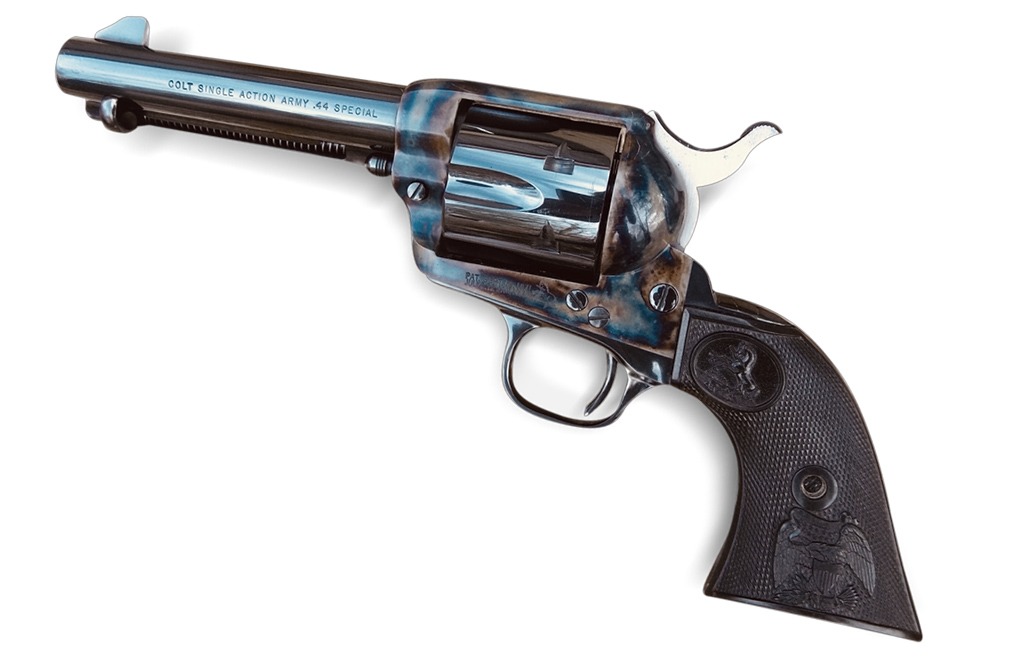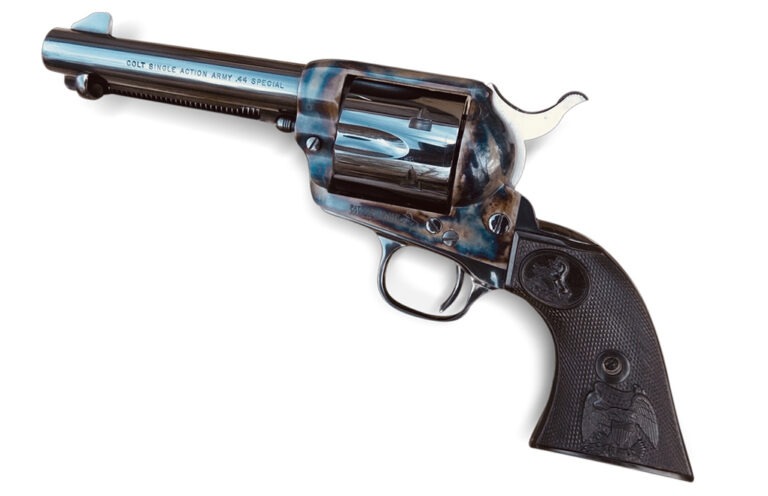
We discuss how to avoid getting ripped off in today’s Colt SAA collector market.
As of this writing, Colt Single Action Army revolvers have never been more valuable. Browsing Cabela’s online Gun Library, GunBroker, ArmsList and more, prices range from the tolerable to ridiculous—some in the ballpark of $25,000.
As you can imagine, this market is littered with fraud, and many sellers are complicit, knowingly or not. In many cases, you can accurately assess your skill as a Colt collector by the ones you don’t buy.
I’ve collected, bought and sold military surplus rifles for most of my life. This was fostered by their comparatively low prices during my youth; Mosin rifles could be had for as low as $65, and a case of 440 rounds, in a sealed tin, came in at a whopping $40. I fondly recall spending virtually all my money in late high school trying to collect various stamps and markings: Each gun show was like an archaeological dig and I was a fossil hunter.
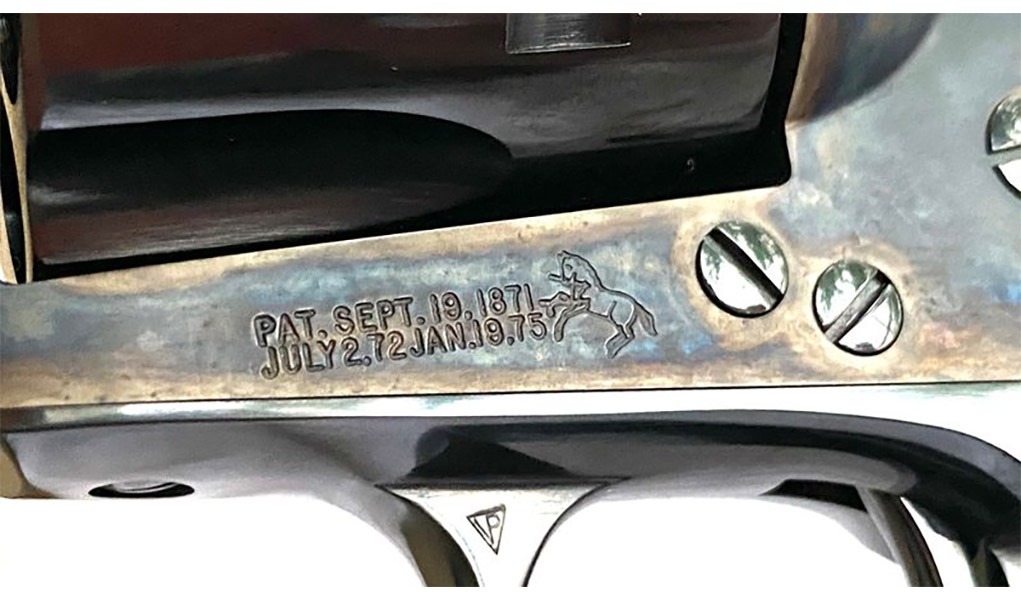
Those days are now long gone, and the surplus market has since dried up in many ways. The average Mosin is now about as expensive as the next gun, with most military surplus rifles going for $500 to $1,000, depending on country of origin and condition. What has since happened to the surplus market is nothing short of criminal.
The same thing has occurred in the Colt market as well, but with substantially greater financial risk.
What Is ‘Value?’
The main issue is what constitutes value. In the surplus market, things tend to level out given the supply of guns that can be readily forged or rebuilt for profit. It’s substantially harder to rip off someone with a Swiss K31 than it is with a 1903 Springfield, simply because there aren’t hundreds of thousands of spare parts floating around to make “new” surplus guns.
I regularly encounter “restored” M1903 and M1 Garand rifles that are anything but; they sport new barrels, stocks and, for the most part, are just an original action. For a parts gun 1903, $1,200 is fully double what you should be paying, considering an original example goes for that much. A genuine receiver doesn’t make a genuine gun.
Unfortunately, the same is happening in the Colt market, where many newly made replicas are being produced, and a large number of these guns can share parts with the originals.
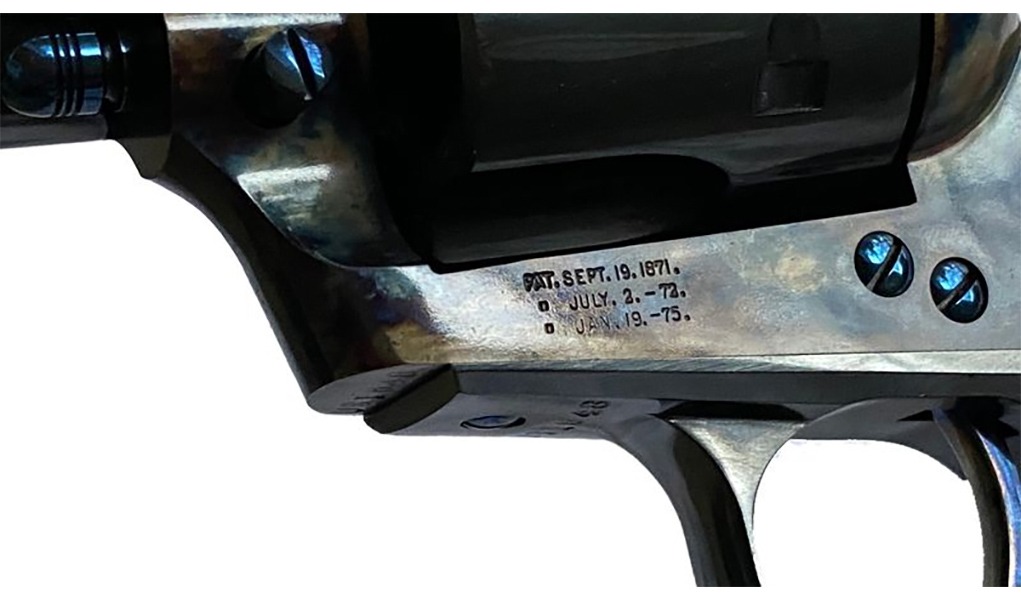
So, why would someone do this? The average Gen 2 Colt is going for $3,000 to $5,000 these days. Several of my collector and historian friends speculate that a full 50 percent or more of the Colt Single Action Army market consists of guns containing non-Colt parts.
Faking Colts is an issue not just because of the insane values these guns hold, but because fakes are increasingly hard to spot—especially if they use original Colt parts in their deception. I’ve seen “genuine” Colts with modern CIP markings on their parts, likely take-offs from another import.
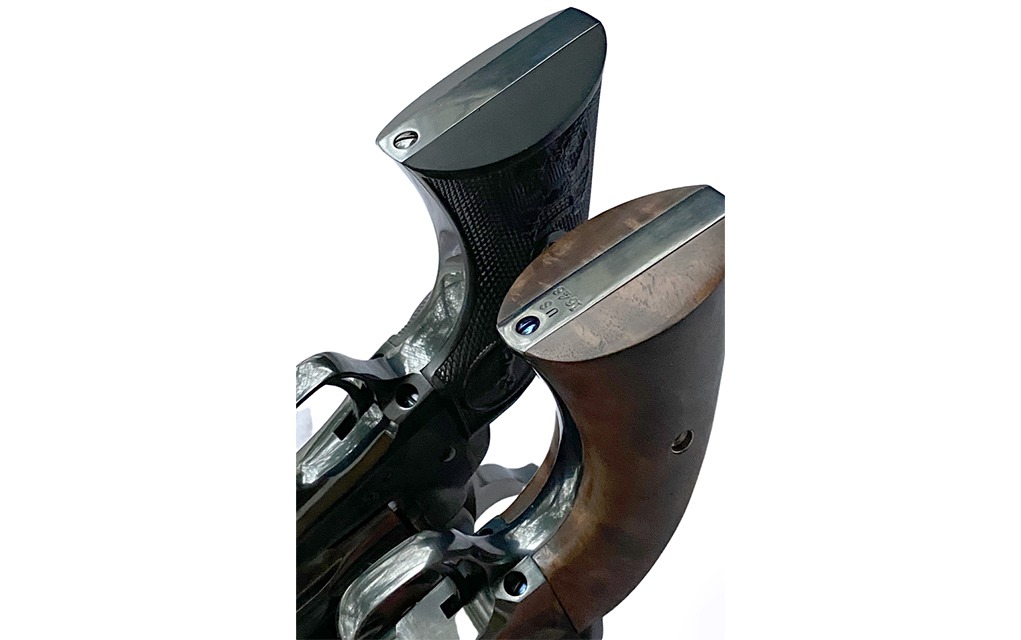
Likewise, I’ve seen stamps faked—only original Colts have the rampant pony stamped on them. The placement of these stamps can be convincing, and if you have doubts, ask a collector or local expert to come take a look at the shop before you buy. As you can see in the photos, even Colt stamping from two brand-new guns looks very different, thus compounding the problem by allowing more “fudge” on forgeries.
I once almost spent $2,500 on a beautiful early Colt, only to find that the only actual Colt part was the frame itself. The rest of the parts were reproductions or “upgrades.” While the gun was beautiful and chambered in .44 Special, I discovered that it started life as a .38-40 and was made in about 1895. This was concerning because Colt didn’t start endorsing the use of smokeless powder in their guns until a half-decade later. I wouldn’t have found this out unless I had researched the serial number first. Even then, the seller wouldn’t back down, saying it was worth the price—but, in reality, he was selling a frame dressed up in take-offs or aftermarket parts.
That gun ended up selling for $3,000 a few weeks later. I found out from the store manager, himself insisting that I had lost out on a deal. I was floored because I knew that gun only sold because of the Colt markings. This is what I mean about sellers being complicit in this scam. I’d have paid $500 for the frame, not $3,000, and I’d have had it sent out to be faithfully restored in the original caliber using original parts.
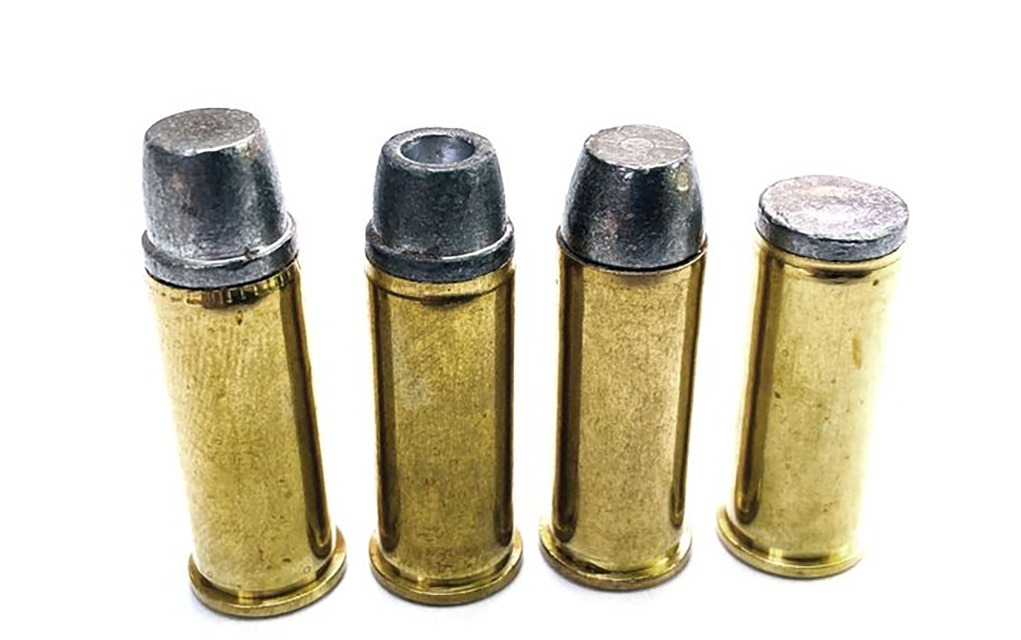
This begs the question: What number of original parts must be in the gun to make it original in a sale context? I believe that the only truly valuable Colt is one that you buy yourself from the factory and have sent directly to you. My two single actions in this article were sent to me directly by Colt, and I know that they’re truly original. Beyond that, I’d only own restorations from known and trusted sources, such as Turnbull Restorations.
The value of any gun is subjective, and in the above anecdote with the frame, I’d have paid for the single valuable part and then ditched the rest. Would the gun fire? Sure. Would it be a fine companion for the trail and the range? Undoubtedly. However, by my considerations, it was not a Colt in the truest sense. I’d have happily paid for the frame at a realistic price, but consider this: The buyer essentially dished out $2,500 in parts of unknown origin, thinking he had a real deal. His value on that gun was what he paid; my value was different.
Are the documented $25,000 to $35,000 Colts at auction worth that much? Well, they’re selling for that much … and that is all I can say about that.
Restoration Or Ruination
Because the bulk of the Colt SAA line was produced around the turn of the 20th century, there are many guns out there that are completely original but in poor condition. I’ve found that, over time, many of these guns are still great shooters and have lots of life left; however, their cosmetics are lackluster.
One of the most accurate Colts I ever shot and owned was a 7½-inch Gen 3 from about 1980 in .45 Colt. It looked like it was made in 1880. I could tell it wasn’t a gun that enjoyed a nice comfy life in the safe; it had lost most of its finish and had a notable drag line on the cylinder. Nevertheless, it shot point-of-aim with factory Black Hills cowboy loads and did so with astonishing accuracy.
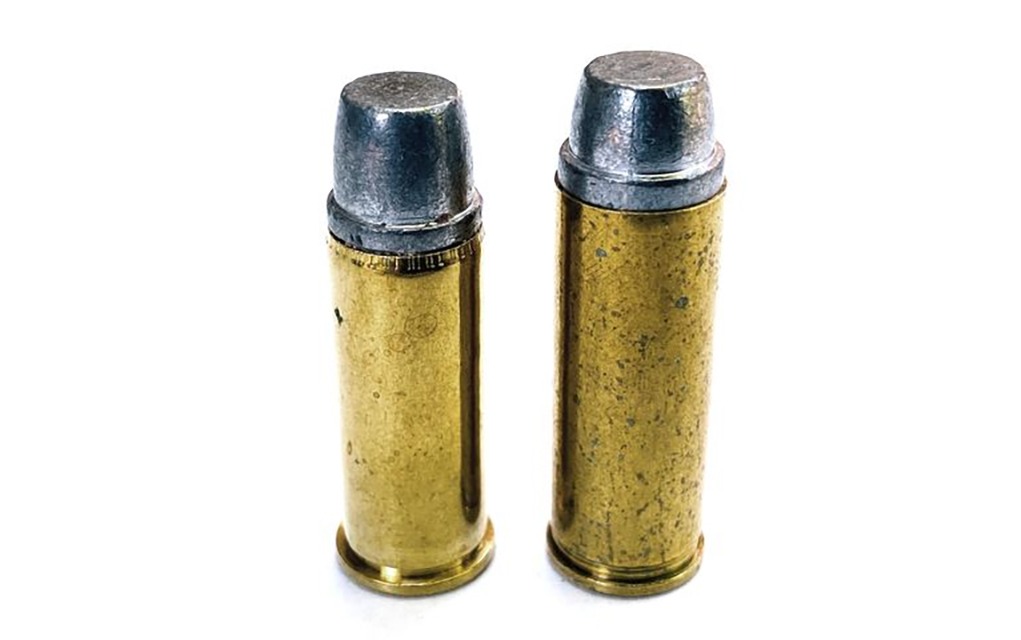
At the same time, I ended up owning a truly beautiful .44 Special that had been fully restored by Turnbull. The gun was a gem and had an accompanying .44-40 cylinder with it. I contacted Colt on this gun, as well as Turnbull, and it was verified to have been made at the former and restored by the latter. I wanted my 7½-inch model to get restored after seeing how nice the finish was on the .44 Special, but I never went through with it and eventually sold both guns for a good sum to some area collectors.
I ended up selling the 7½-inch gun for almost double what I sold the .44 Special for, even though the .44 was a much prettier gun and was, by all accounts, original aside from the finish. What happened was that even though the .45 was beat up, it was fully original and still had a great deal of the bluing on the cylinder and low barrel areas. Honest wear is a badge of honor, and neither shooting this gun nor putting it in leather managed to decrease the value.
So why would such a sad-looking gun out-price a beautiful one? Colt collectors want absolute authenticity and, while Turnbull does what’s arguably the best case-hardening in the world for these handguns, it’s not truly the same as an original Colt’s … except when it is. Turnbull has, in fact, worked with Colt directly on their case hardening, much like how Uberti and other Italian companies worked with Colt to make their C series “Re-issued” cap-and-ball revolvers in the 1970s.
So, are they really Uberti guns if they’re finished at Colt, or are they true Colts?
If you’re confused now, I don’t blame you. It doesn’t seem right that sending your gun to a place that has literally contracted with Colt to provide this exact type of finish is somehow akin to intentionally ruining your gun’s value. However, if you ask any discerning collector if they’d rather have a refinished gun or a worn one in original condition, nearly all will take the latter. I think that this sentiment comes from a place of respectful nostalgia and an earned wariness of fraudsters looking to blend in their work under a pretty facade.
Risk Management
Replacing parts with period-correct originals can be done. There’s a fine line between making honest repairs and doing a complete rebuild, and I believe that line lies solely in the intention of the individual. If you’re a Colt owner and decide to replace a worn slot screw with a new one, I don’t think that you’re deceiving anyone.
What you need to spot is the sometimes-hidden angles that scalpers use … and turn it against them. A very simple method I’ve used is to call some refinishing houses and see if a gun came through them. It might take a while, but most of these places run their business with an FFL and will keep a log of the serial number as a matter of legal requirement. This is a huge advantage, as some of these guns are selling for $5,000 or more, in 95 to 100 percent condition. You want to make sure you’re not investing in something that was screwed together and sent out for a fancy paint job.
Another method of utilizing the serial number is to contact Colt’s Archive Services to receive a letter from the company proving the authenticity of your gun. It’ll show the type of gun, finish, barrel length and original chambering. This is a massive benefit to you as a buyer because it’ll immediately validate your purchase, or it’ll allow you to reassess your expense.
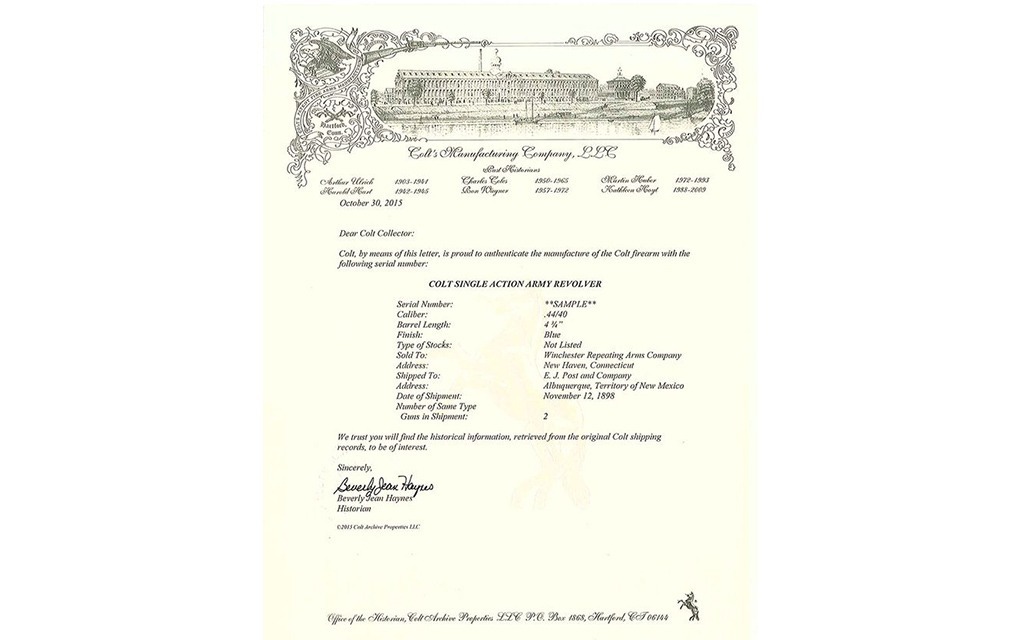
Committed Colt collectors will use the Archive Services to bolster their value; a lettered Colt usually will pick up about 10 percent in value depending on the model and era. Not only are you bolstering value, but you’re also immediately able to see if your gun was rebuilt or altered in barrel or caliber.
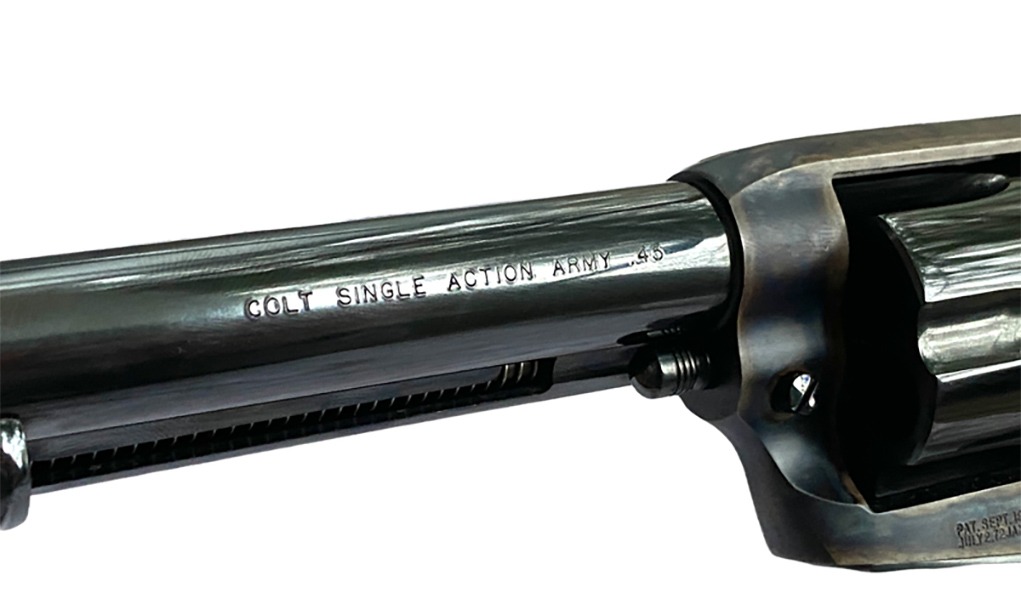
As a general rule, a Colt that’s confirmed rebuilt is almost never worth more than $1,500. My collecting sources tell me that the general base price for a mix-and-match gun made from Colt parts should not exceed $1,500, as this is the overall cost of the parts if they were to be separated and sold individually.
Also, $1,500 is near the MSRP of a brand-new Colt SAA, and, considering that fact, represent a fair price. And think of it this way: These mix-and-match guns fall into a nice category, because you can look for these mixed original guns knowing that you can get a deal on a good shooter without paying the authenticated price tag.
Editor’s Note: This article originally appeared in the August 2022 issue of Gun Digest the Magazine.
More Classic Cowboy Guns:

Next Step: Get your FREE Printable Target Pack
Enhance your shooting precision with our 62 MOA Targets, perfect for rifles and handguns. Crafted in collaboration with Storm Tactical for accuracy and versatility.
Subscribe to the Gun Digest email newsletter and get your downloadable target pack sent straight to your inbox. Stay updated with the latest firearms info in the industry.
